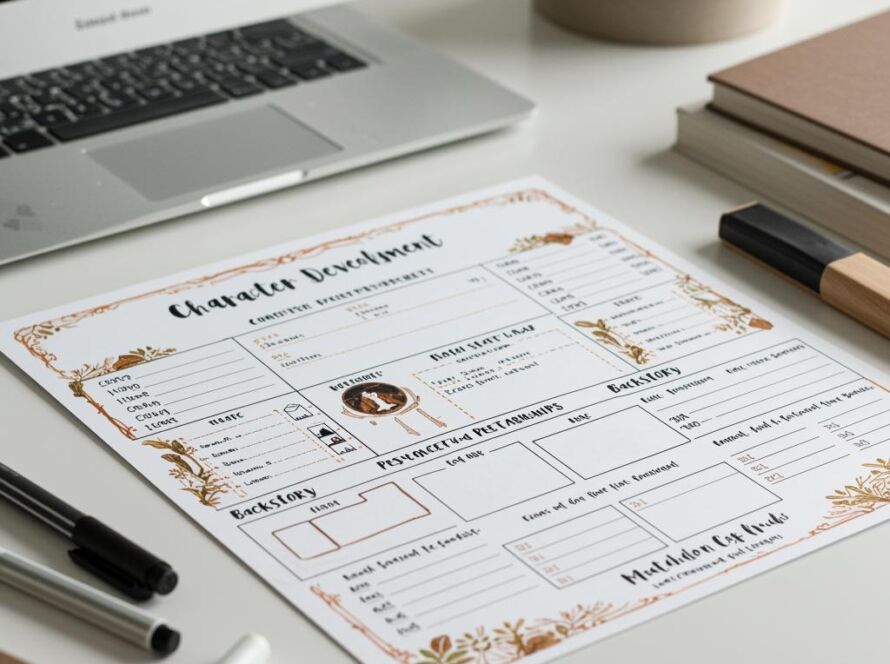Art Tutorial Structure: Mastering the Perfect Lesson
Crafting Effective Art Technique Tutorials: A Structural Guide
Creating a compelling and easy-to-follow art tutorial requires more than just technical skill. A well-structured tutorial breaks down complex processes into digestible steps, enabling learners to grasp concepts and develop their artistic abilities. This post explores the key elements of a successful art tutorial structure, providing practical insights to help you create engaging and effective learning experiences.
Introduction: Setting the Stage
The introduction is your chance to hook your audience and establish the tutorial’s purpose. Clearly state the technique being taught, the skill level it targets (beginner, intermediate, advanced), and the materials needed. A brief overview of the final outcome can also build excitement and motivation.
Section 1: Material Preparation
Gathering Your Supplies
Provide a comprehensive list of materials, including specific brands or alternatives if applicable. Mentioning where to find these materials (online, local art stores) adds value. Don’t forget details like sizes, types, and quantities.
Setting Up Your Workspace
Explain the ideal workspace setup, including lighting, ventilation, and organization. This sets learners up for success and minimizes frustration during the process.
Section 2: Step-by-Step Instructions
Breaking Down the Technique
Divide the technique into smaller, manageable steps. Use clear and concise language, avoiding jargon. Numbering or bulleting the steps provides visual clarity.
Visual Aids: Images and Videos
Supplement each step with high-quality images or short video clips. Visual demonstrations are crucial for understanding complex actions and nuances of the technique.
Troubleshooting Common Mistakes
Anticipate potential challenges learners might face and offer solutions. This proactive approach fosters confidence and prevents discouragement.
Section 3: Practice and Refinement
Exercises for Skill Development
Suggest practice exercises to reinforce the learned technique. Start with simple exercises and gradually increase complexity. Provide examples and variations to encourage experimentation.
Encouraging Exploration and Personalization
Inspire learners to apply the technique in their own artistic creations. Encourage experimentation with different mediums, subjects, and styles to foster creativity.
Section 4: Sharing and Community
Showcasing Student Work
If possible, create a platform for learners to share their finished pieces. This builds a sense of community and provides valuable feedback opportunities.
Providing Feedback and Support
Offer constructive feedback and answer questions. A supportive learning environment encourages continued growth and development.
Conclusion: Embracing the Artistic Journey
Recap the key takeaways of the tutorial and reiterate the importance of practice. Encourage learners to continue exploring the technique and developing their artistic voice. Providing links to further resources or related tutorials can extend the learning experience. Remember, creating art is a journey of exploration and discovery. Embrace the process, and enjoy the creative ride!



